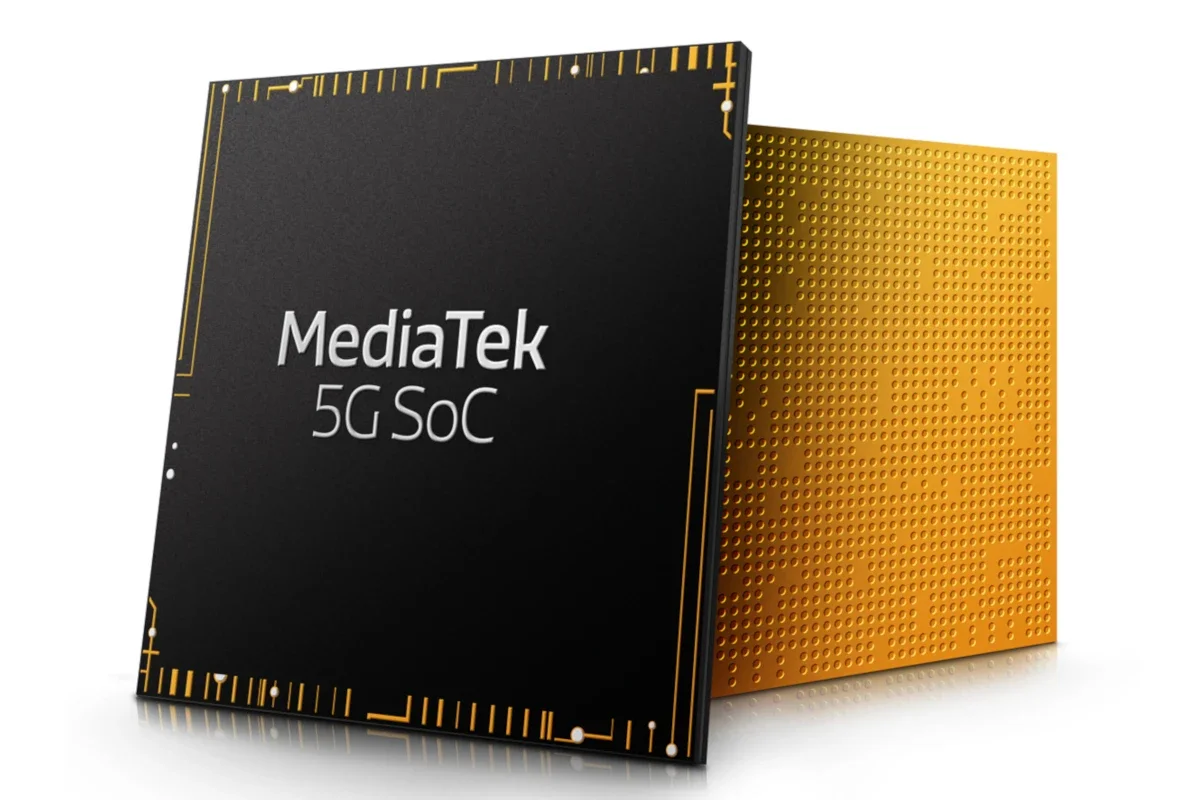MediaTek takes the crown from Qualcomm’s smartphone chipset in the third quarter
This is not to say that Qualcomm has not been able to find a sweet spot for growth in the third quarter. With 39% of the market, the chip maker is the leading supplier of 5G chipsets for phones and this is a market that doubled in the third quarter. Counterpoint says that 17% of all phones sold during the third quarter were compatible with 5G. This number is expected to increase to 33% in the current quarter, which started in October and ends at the end of the year. With strong growth in 5G shipments in the fourth quarter, Qualcomm has a chance to recover the crown MediaTek took from it.

MediaTek is now the number one supplier of chipsets to the smartphone market

Smartphone chipset breakdown by region
Gai also noted that, “On the other hand, Qualcomm also recorded strong gains in participation (from a year ago) in the high quality segment in the third quarter of 2020, again thanks to HiSilicon’s supply problems. However, Qualcomm faced competition from MediaTek in the mid – end segment. We believe that both will continue to compete intensively through aggressive pricing and conventional 5G SoC products in 2021. “
Counterpoint Research analyst Ankit Malhotra added: “Qualcomm and MediaTek reorganized their portfolios and consumer focus played a key role here. Last year, MediaTek launched a new game-based G series, while Dimensity chipsets helped bring 5G to affordable categories. The world’s cheapest 5G device, the realme V3, is powered by MediaTek. Using its crystal ball to look to the future, Malhotra said: “The immediate focus of chipset vendors will be to bring 5G for the masses, who then unlock the potential of 5G use cases for consumers, such as cloud games, which in turn will lead to greater demand for higher clocked GPUs and more powerful processors. Qualcomm and MediaTek will continue to strive for the top spot. “
